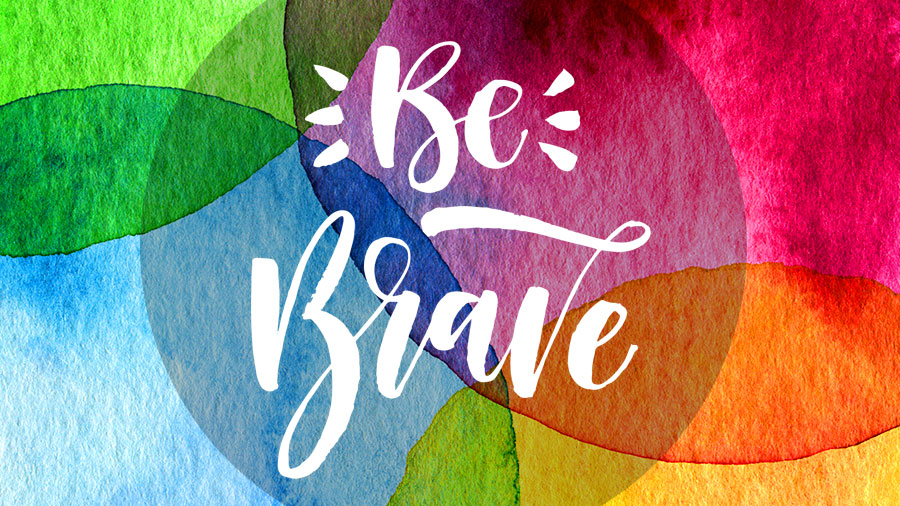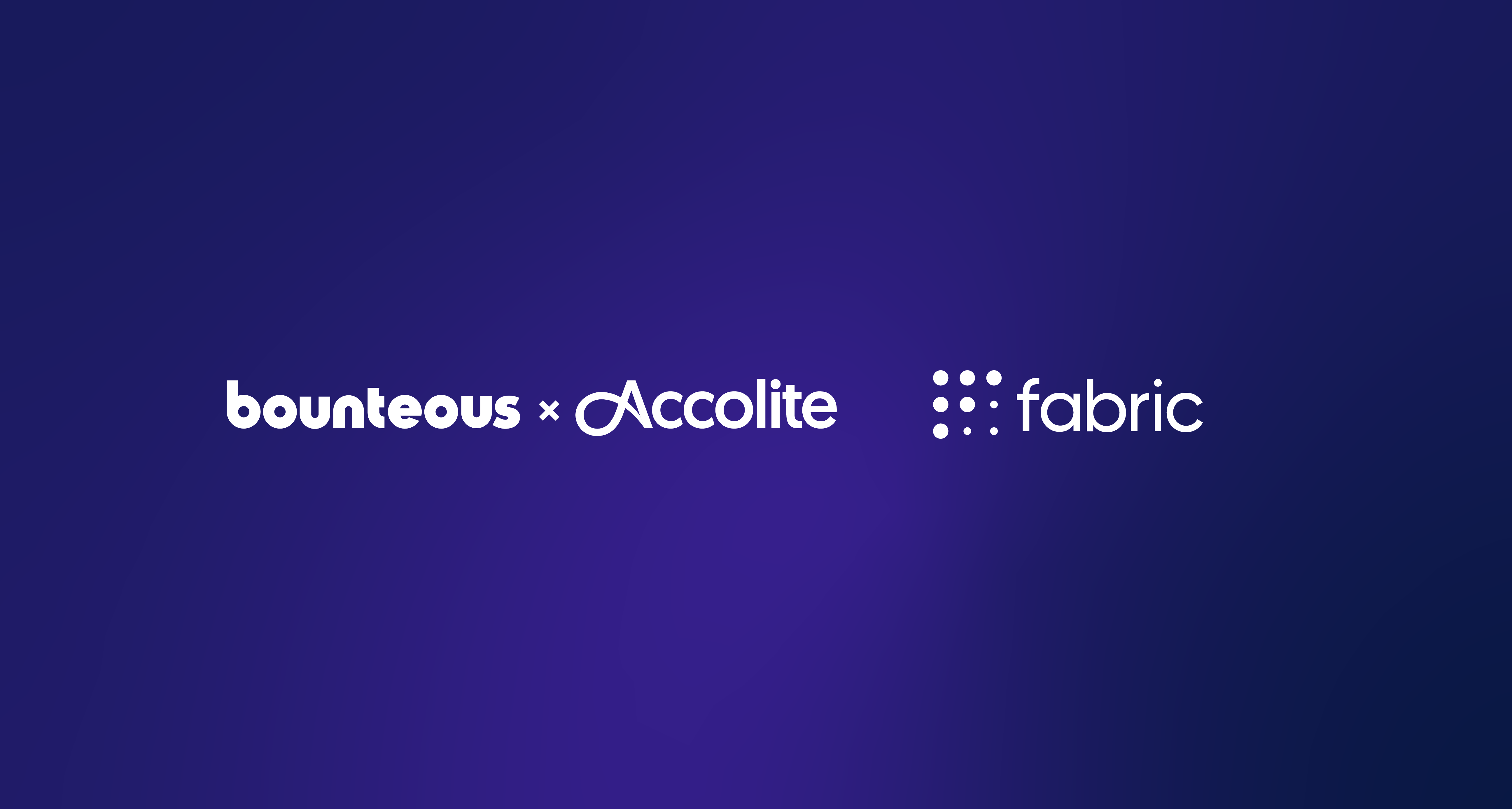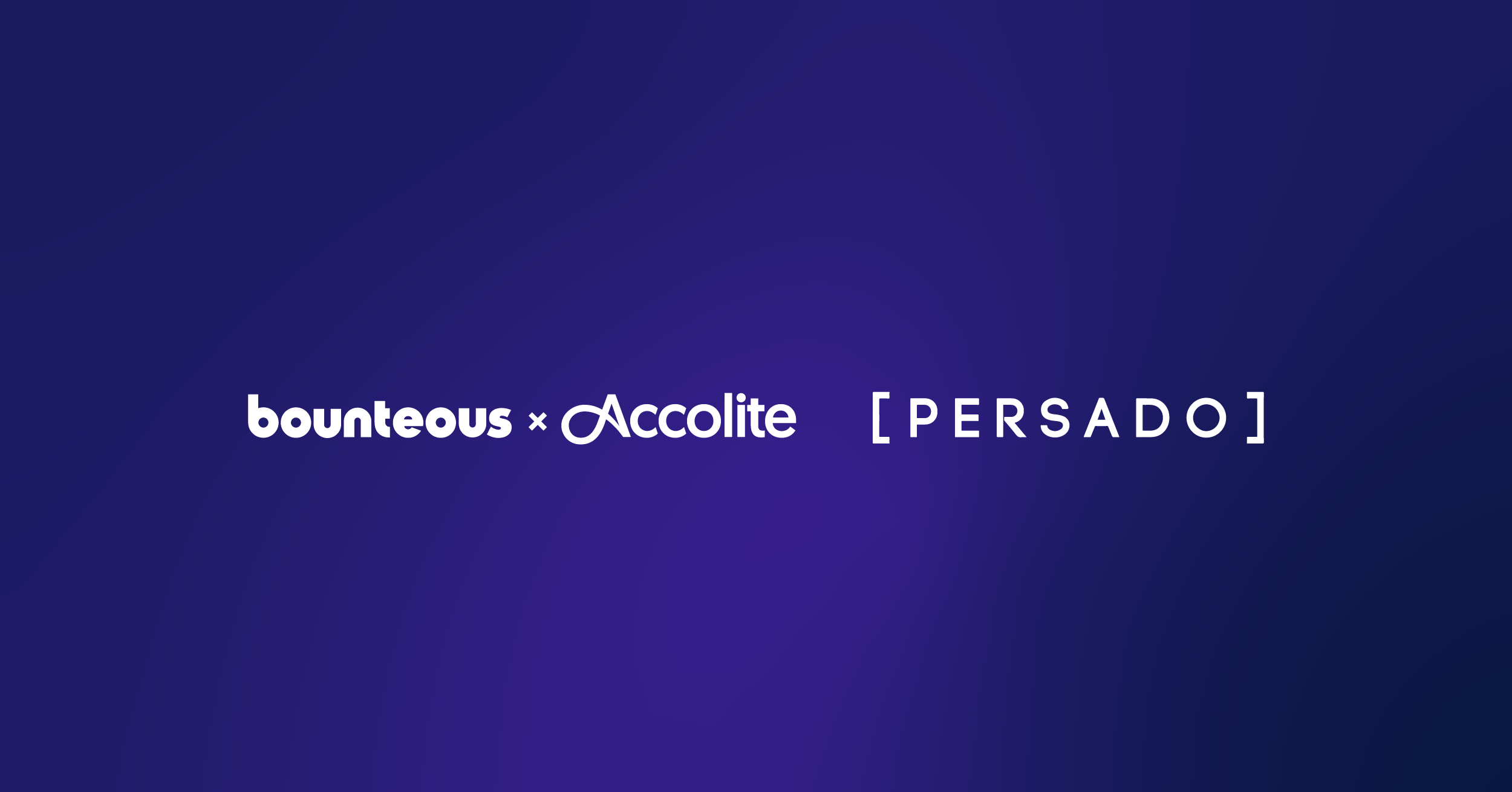One Designer's Quest to Drive (and Embrace) Change

Change: It’s a frightening word. Anyone who says they aren’t afraid is likely not telling the whole truth. The difference between a person who runs from change and a person who embraces it is bravery. Change is all around us, all the time. It envelops the news, politics, the environment, our personal lives, and our professions. As an interactive designer, I've experienced it first hand: Change is not only at work, it also lives in the work.
"Designers are masterful at navigating change.” —Rick Valicenti
Although change is indicative of some kind of growth, which is good, it can also be painful. Emerging disciplines, new faces, and dynamic specialties question the status quo, but also stretch us to rework smarter, better, and stronger. This diversity of wisdom is an invaluable asset for redefining processes that can take companies to new heights, but more importantly, ground us during this dynamic, and sometimes tumultuous, creative journey.
The number one reason why people engage designers is that, well, something has changed. Whether it’s a rebrand to alter current customer perception or a start-up where someone has invented something new to transform the world, the client is pushing for innovation. That drive for change creates a snowball effect that moves to customer conversion, user behaviors, and entire corporate makeovers. In order to move the client forward in this ever-transforming industry, designers must stay strong, lead the charge, and navigate change throughout the entire process.
"Pulp or pixel? Well, it all starts as a pixel.” —Bart Crosby
The landscape of design has shifted dramatically over the last ten years, including some serious technological innovation that has broadened the design medium. In a matter of three short years, I moved from a print-based Art Director to an Interactive Designer. But what does “interactive design” mean? A well-designed printed piece is just as interactive as a website. Even if there is no click of a button, the user still has to engage by touching the paper or turning the page. Scale it down to the most microscopic unit: For print, it’s a dot; on screen, it’s a pixel. Colors still mix to paint the picture and the text has to render in some way to communicate a message and impact a behavior.
In the beginning of my career, we worked with a printer after the research and discovery phase to approach design. We would consider paper stock, ink choices, and treatments to stay within budget and to produce pristine images, spot-on colors (no pun intended), and legible type. Today, the printer has been replaced by a developer. Now, when we approach design, we use HTML/CSS to communicate the design intention and satisfy the client’s business and user goals. Although the nature of the work itself is different, if the technology is stripped away, the process remains exactly the same. Whether pulp or pixel, a problem needs to be solved, a designer creates the solution, and something beautiful is produced.
"The process is everything. If you cheat the process, you come out unchanged.” —James Victore
We’ve learned that creating pixel-perfect static comps with a waterfall approach is not always an effective or efficient way of communicating design intent. Of course, we’ll always need a prototype for client approval (every CEO needs to see what the home page is going to look like!), but using our time to design with a pattern and component-based approach allows us the flexibility to make affordances for the design in browser. We also have to account for responsive or adaptive design, which forces us to make choices that are driven by usability instead of pure beauty. We are no longer separate design and development teams, but instead, an integrated, Agile product team that creates usable and useful interfaces.
How do we ensure the path of least resistance? Although we are called to pay it forward, mentor others, and share our knowledge with the people whom we are convincing to change, we must first be willing to learn from others and grow ourselves. Life is dynamic, plain and simple. To the extent that we are all afraid, the obstacles before us are certainly less scary if we move through them together as a team. Being brave puts us in control and instead of being run over by change, we become the drivers of change at work and within the work. It's a quest well worth pursuing!


